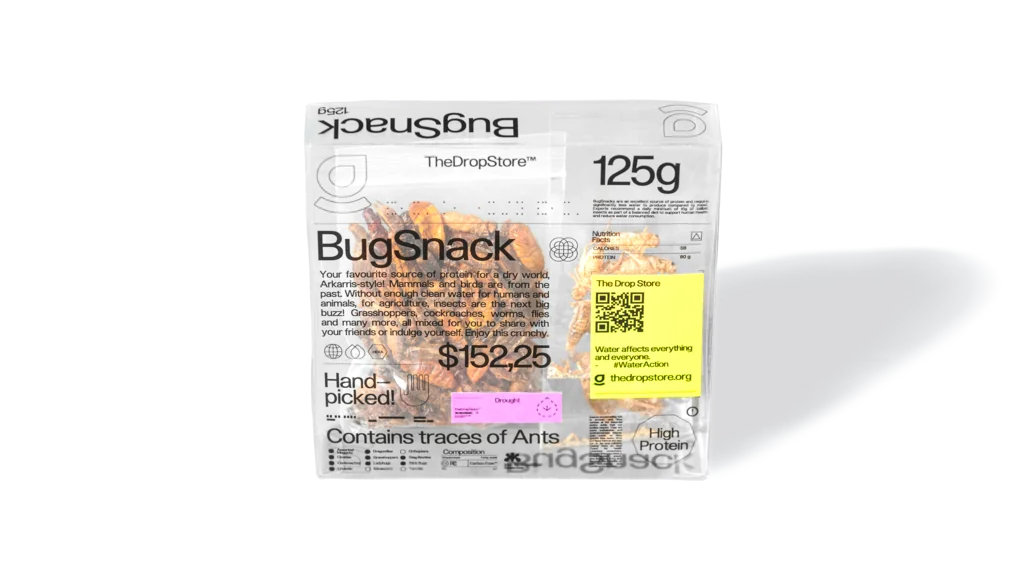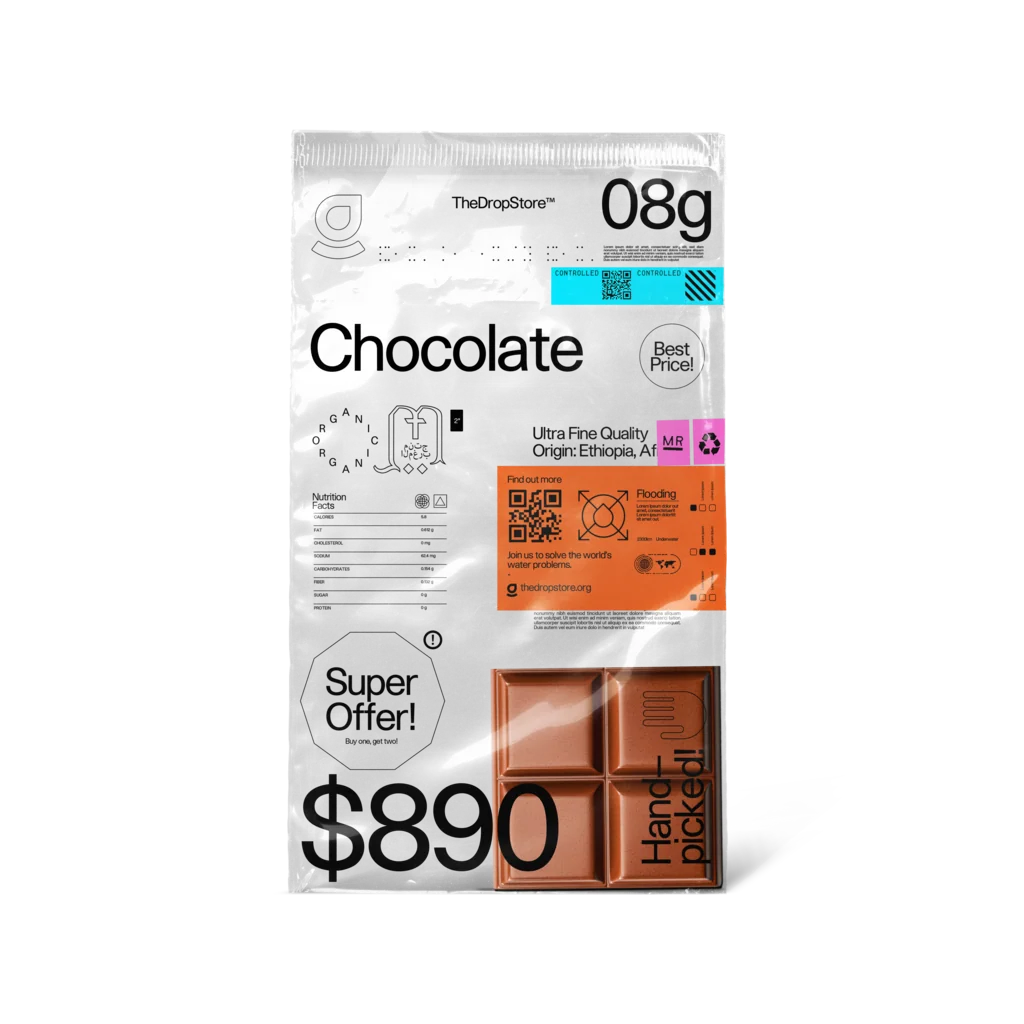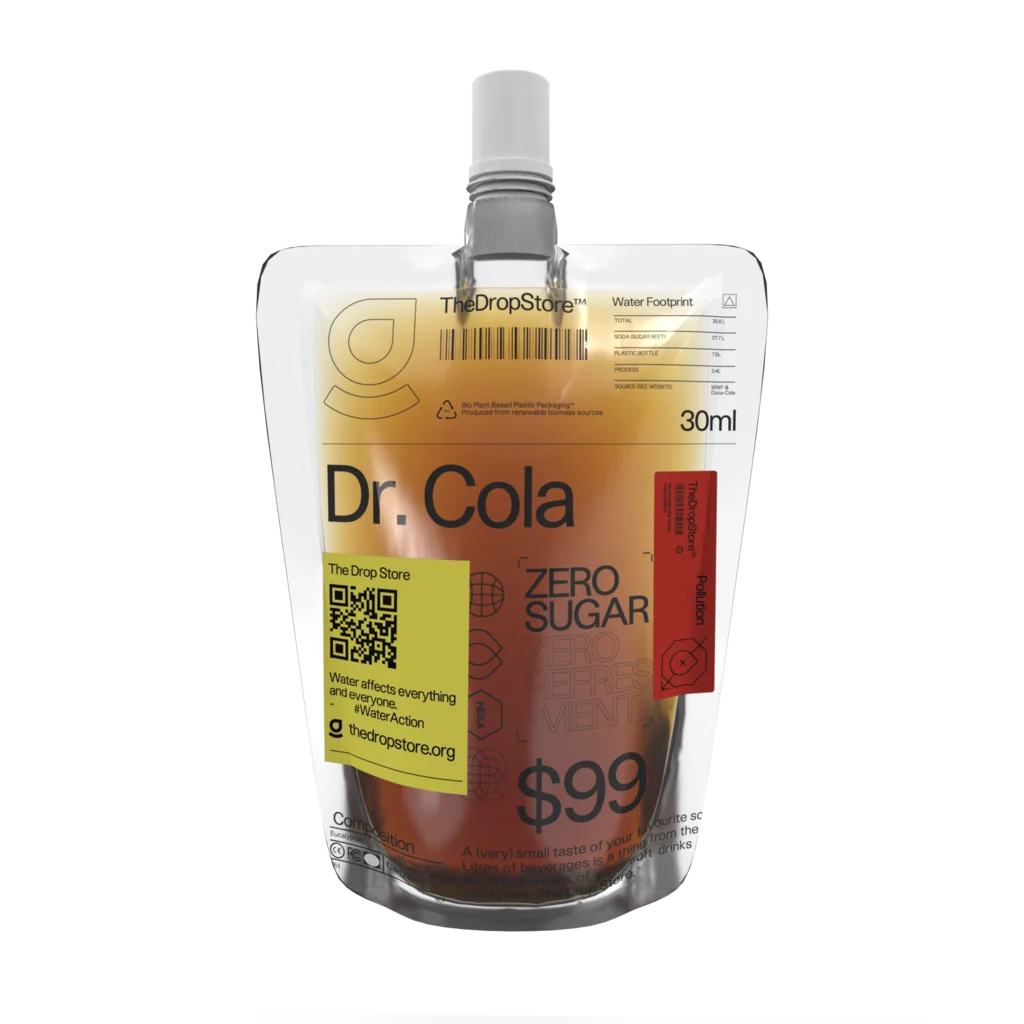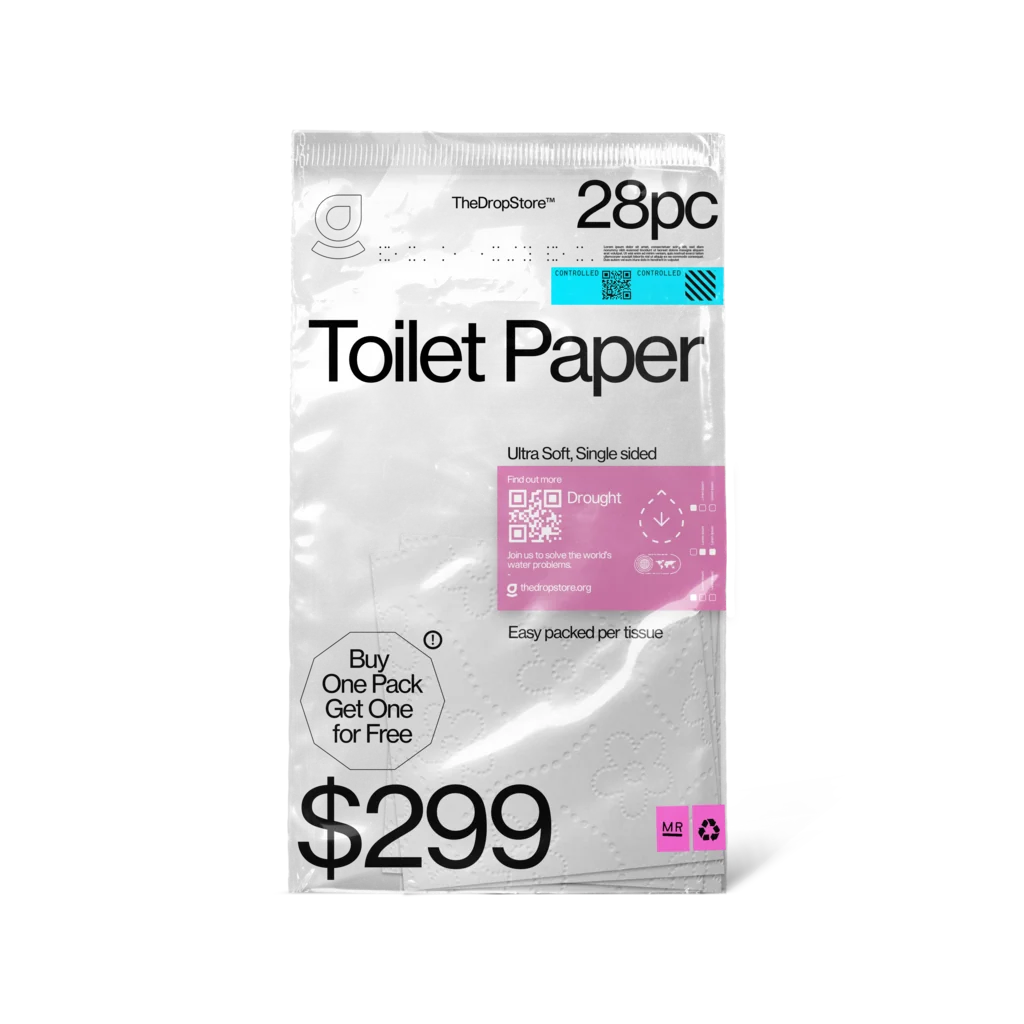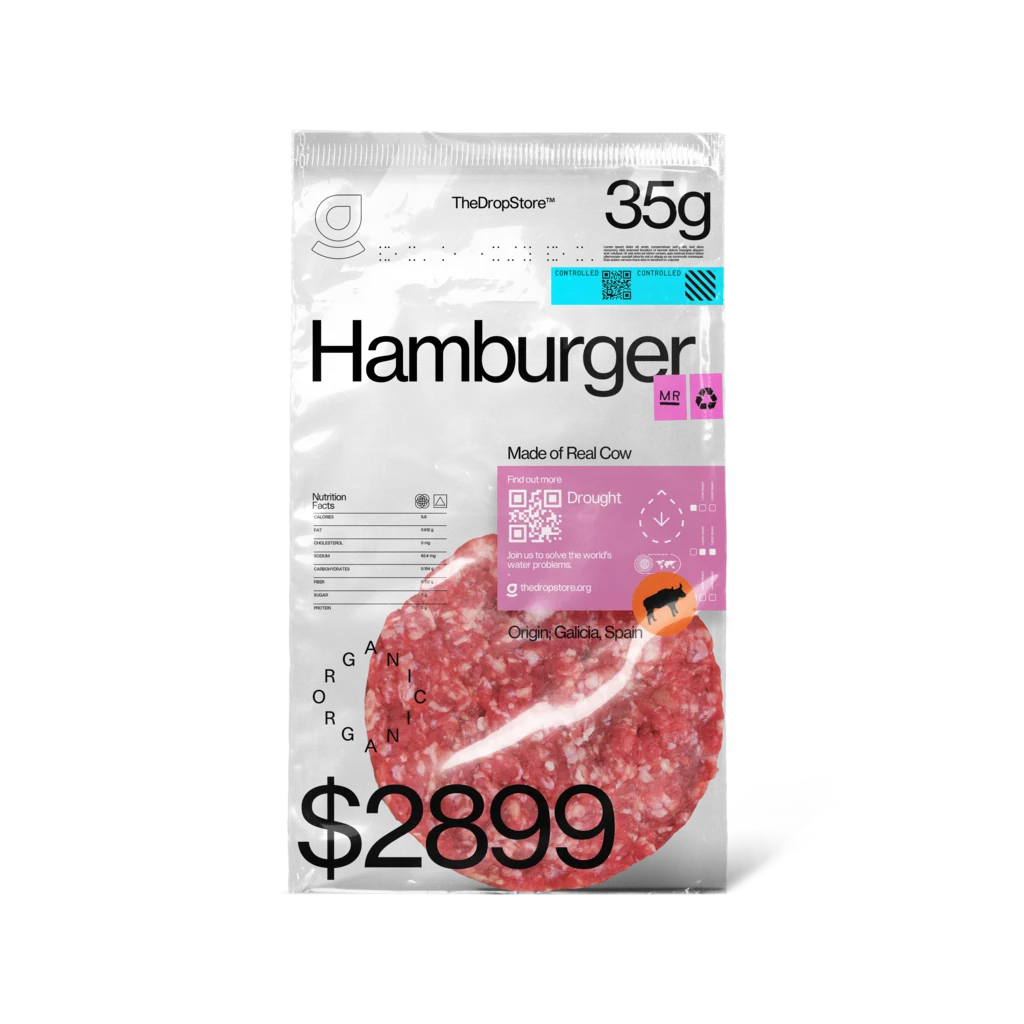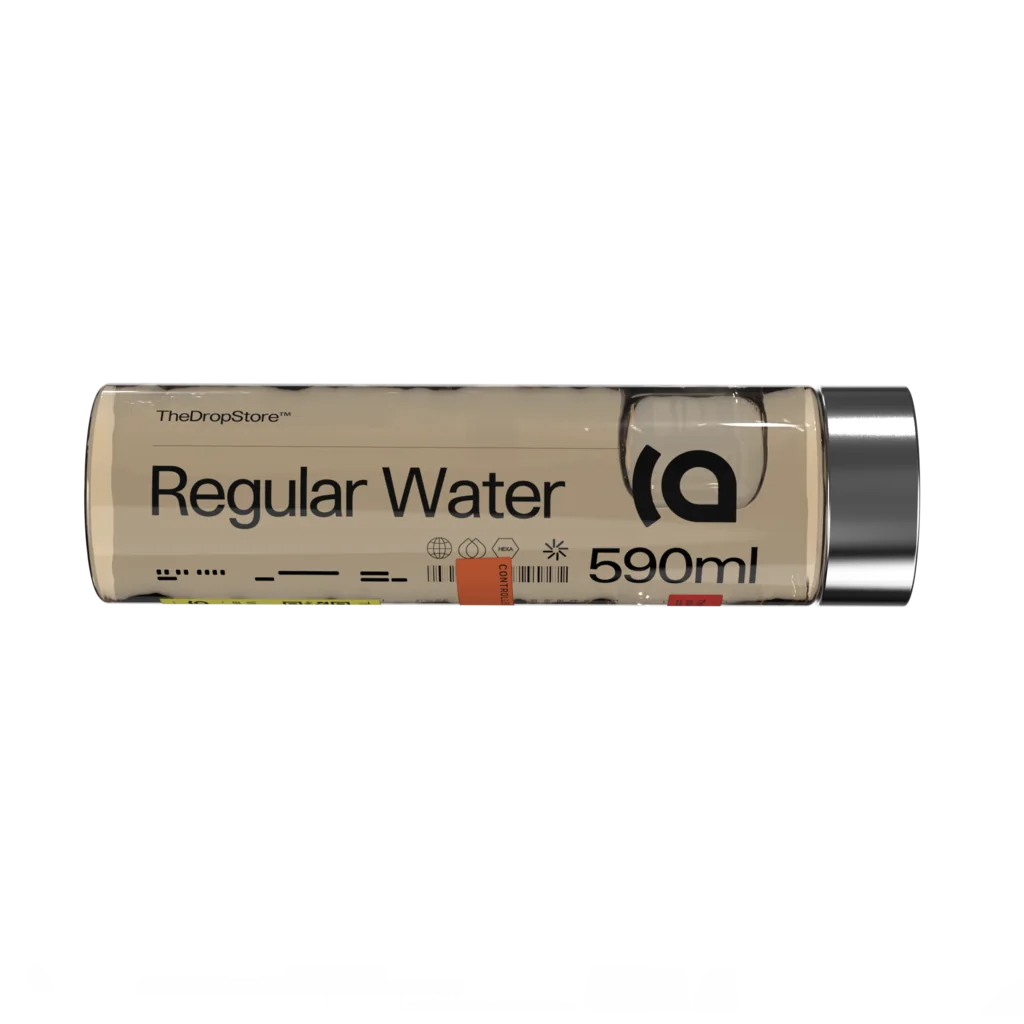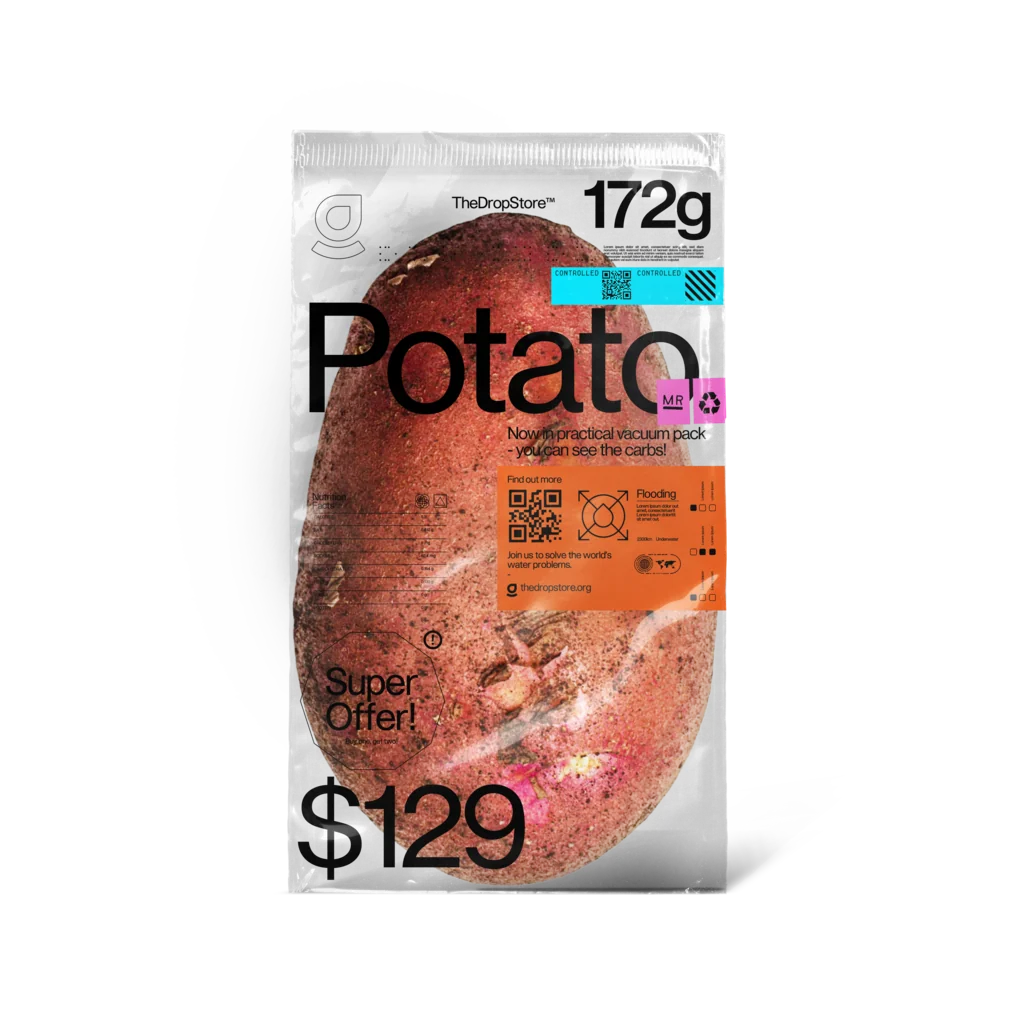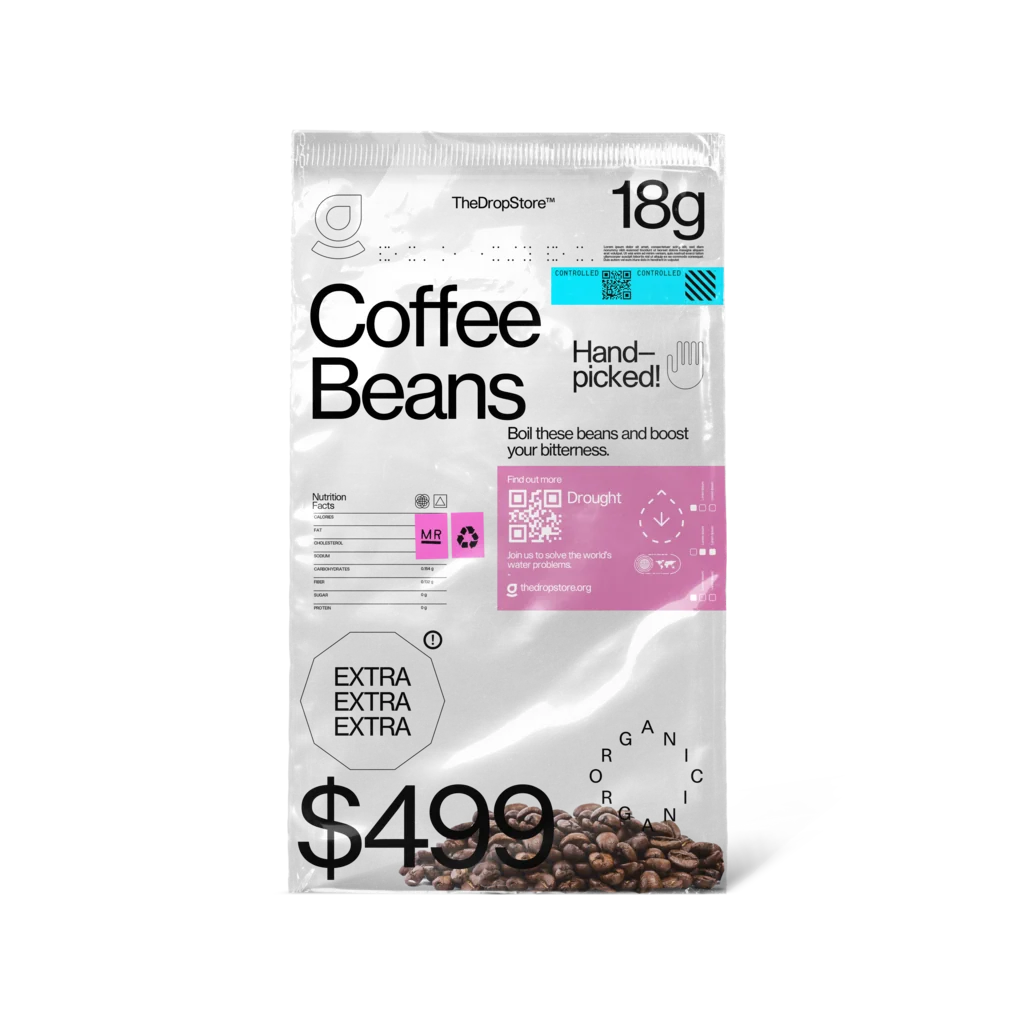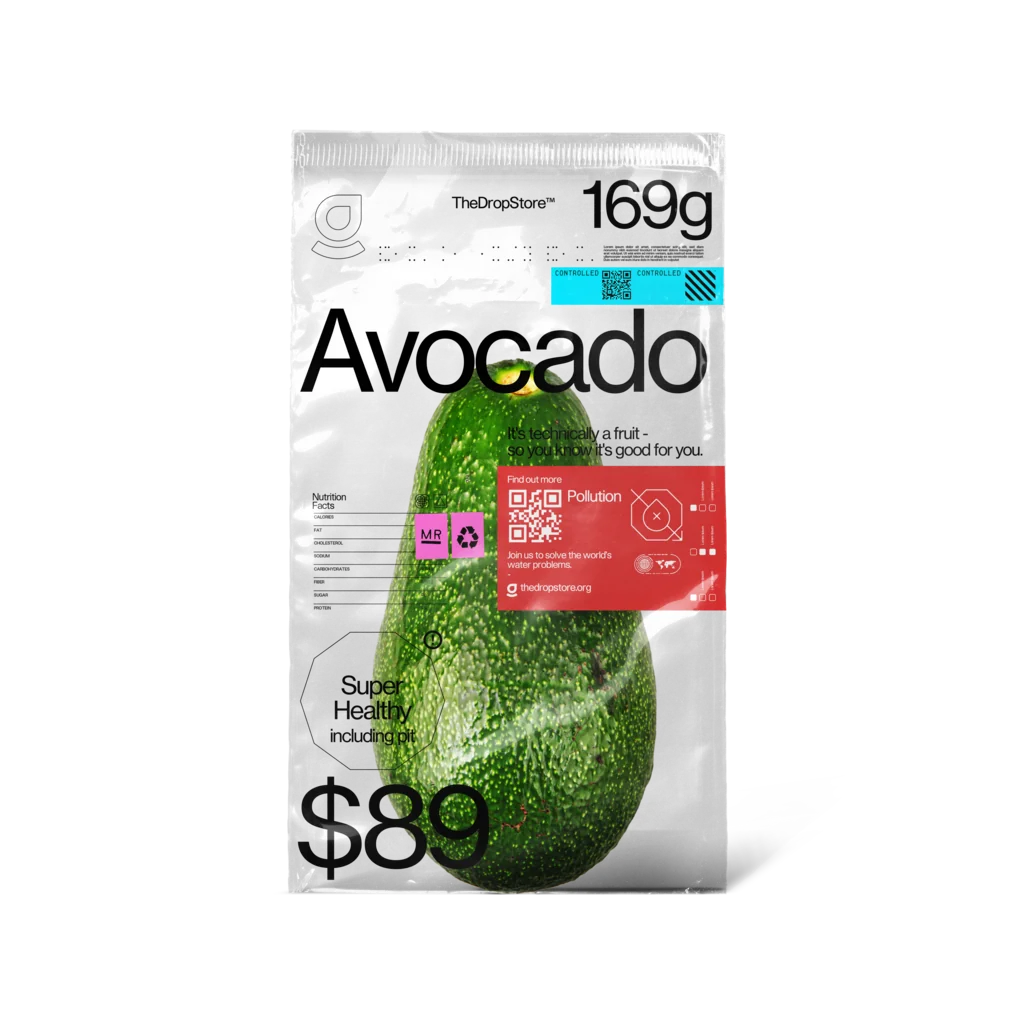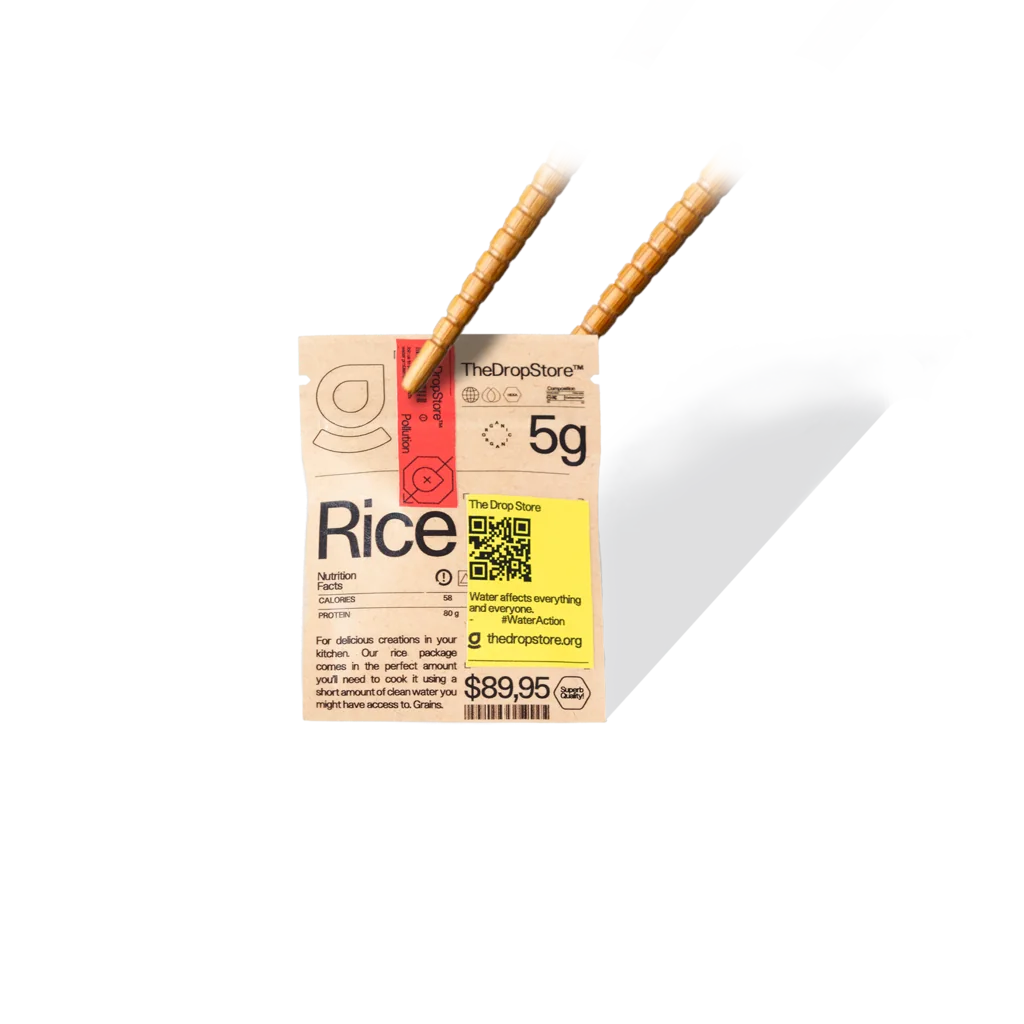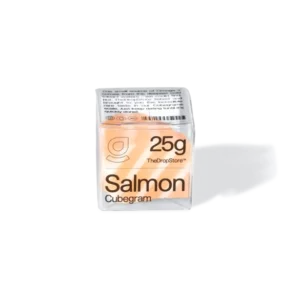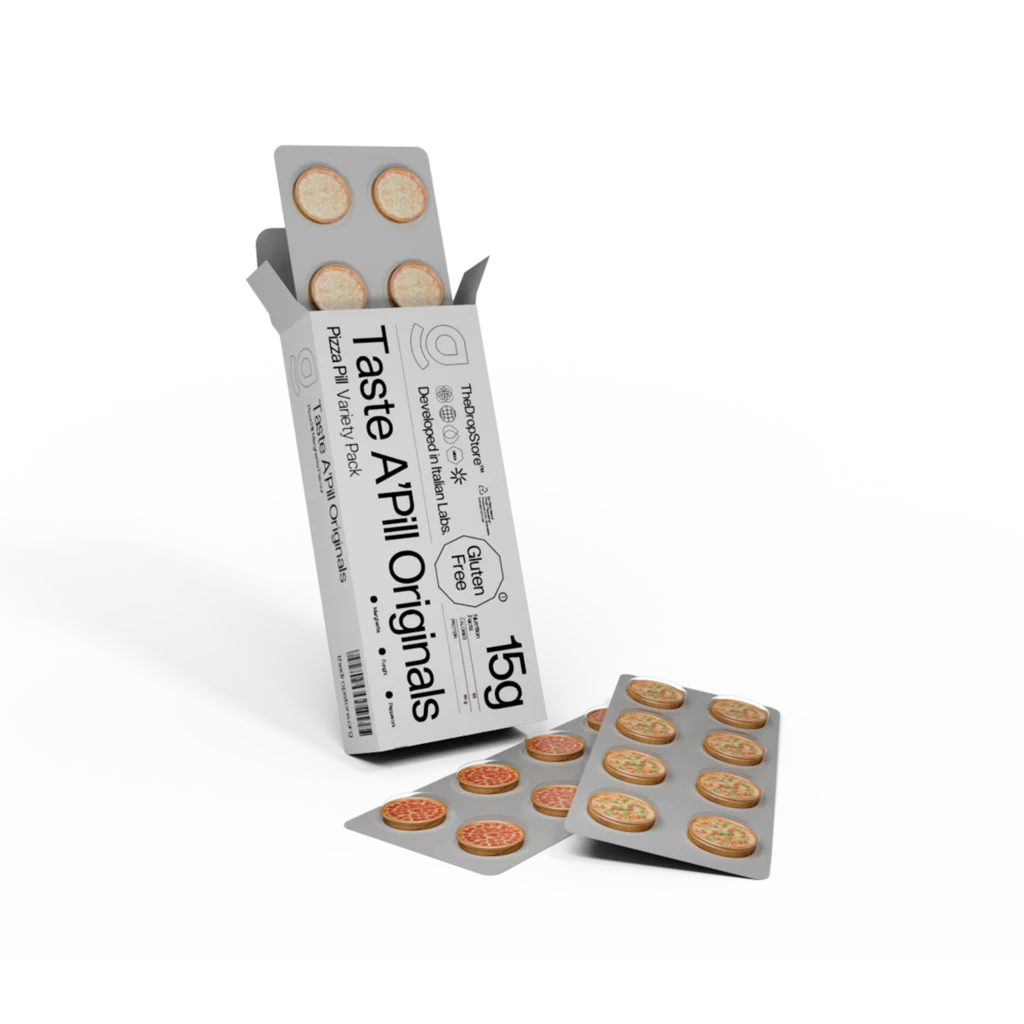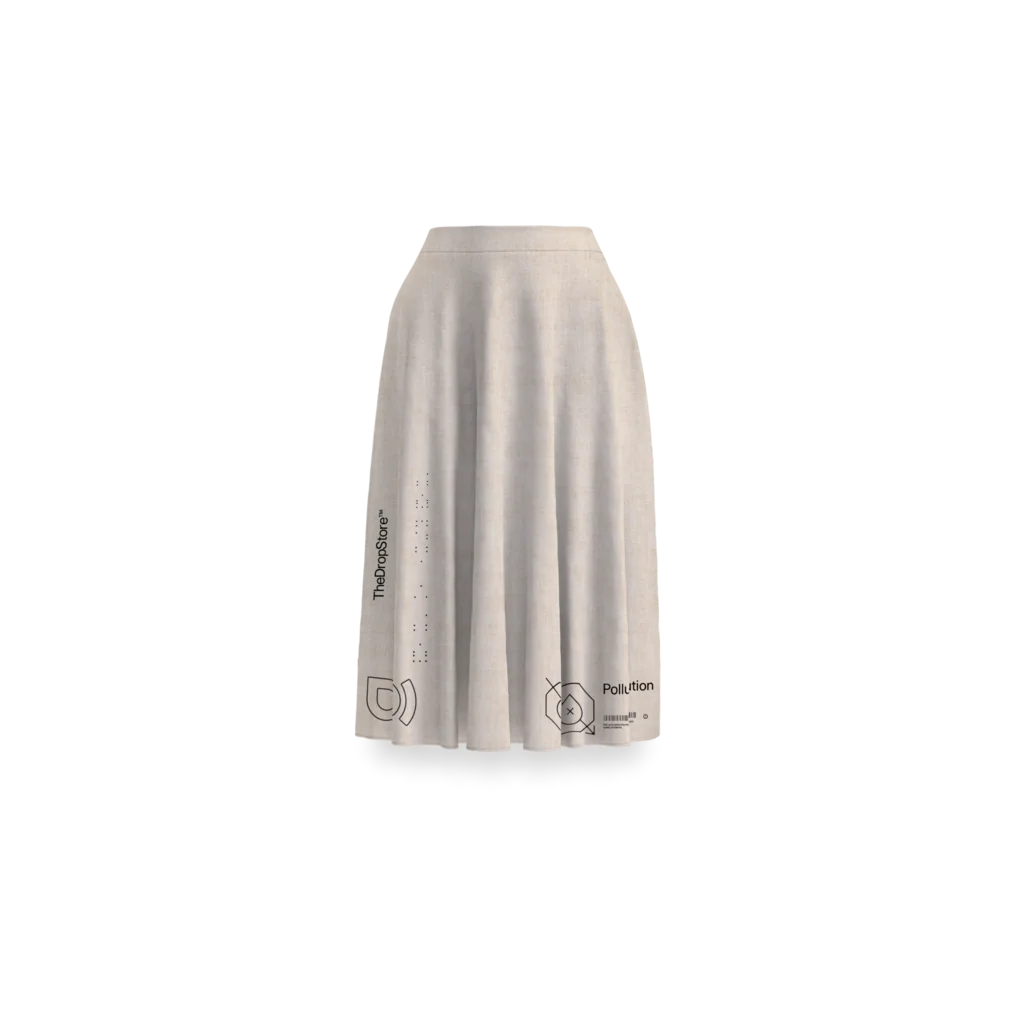ESSENTIALS
Bugsnack - 125gr
Bugsnack - 125gr
Bugsnack - 125gr
Bugsnack - 125gr
Bugsnack - 125gr
Bugsnack - 125gr
Bugsnack - 125gr
Bugsnack - 125gr
RM152
Now extra crispy!
Bugsnack - 125gr
RM152
Bug Out
They're healthy. They're tasty. And most importantly: they’re the world's favorite snack. Fancy a dinner party? Feed these crunchy critters to your friends and family.
*This product packaging is made from bio-based materials.
PLASTIC BOTTLE
CONTEXT
TOTAL WATER USED
4341L
RAIN WATER
SURFACE AND GROUNDWATER
WATER POLLUTION
LOAF OF BREAD (750GR)
SODA
PROCESS
TREES
CHEMICAL PROCESSING
FEED CROPS
DRINKING WATER
SERVICE WATER
FEED MIXIGN WATER
CUP OF COFFEE
WHEAT FLOUR
TOMATO PUREE
MOZZARELLA
FEED PRODUCTION
100%
T-SHIRT
RAW MATERIAL (MINING & PACKAGING)
JEANS
MANUFACTURING
OTHERS
SOURCE
Miglietta et al. (2015)
*NOTE
Crunchy
crawlers and crispy critters.
@somebody
Had a bug feast today! Crispy lake flies, earthy mealworms, and tangy grasshoppers. Not bad at all! Surprisingly tasty and packed with protein.
Word on the street
@somebody
My crickets casserole is turning into a family favourite.
@somebody
I love the fact that Crispy Crawlers always seem available, no matter how long the drought lasts.
Why is these insects so expensive?
4314L Water
was used to farm 1kg of mealworms
Producing meat is extremely water-demanding. One kilogram of beef requires 15,000 liters of water, while chicken requires 5000 liters. It's not because they drink it all, but because it's how much water we need to grow their fodder. In many places around the world that amount of water is not really available, leading to groundwater depletion, which dries out the land. Unfortunately, even farmed bugs and mealworms cost over 4000 liters per kilogram to produce! That's why it might be better to just go vegan. Value water!
Let's get real
Thanks for checking out The Drop Store. As you might know by now, this product at this price doesn’t exist. Yet. Water challenges concern everybody. Some of us already deal with these challenges every day, while others don't see them yet. If we don't act now, they’ll get worse for everyone. Find out more about what’s happening below, and see how you can get involved in building a better future.
Too much water
Since 2000, flood-related disasters have surged by 134%, inflicting severe social and economic consequences. Floods result in immediate loss of life, property, crops, and livestock. They also lead to health problems like waterborne diseases and malnutrition. Recovery from floods takes months or even years. Additionally, floods harm food production by reducing crop yield, causing soil erosion, and damaging farming infrastructure. They spread pollutants and pose risks to affected communities. Explore our partner organizations for ways to take action.

What can we do about it?
While it's impossible to completely prevent floods, there are several things we can do to mitigate their impact. Our partners strengthen the networks of people, institutions, hardware, investment, and resources that deliver clean water to our taps. They also try to educate as many people on this issue as they can. By sharing this story, you can help tremendously.
You may also like
Web Development
Lorem ipsum dolor sit amet, consectetur adipisicing elit, sed do eiusmod tempor incididunt ut labore et dolore magna aliqua. Ut enim ad minim veniam, quis nostrud exercitation ullamco laboris nisi ut aliquip ex ea commodo consequat.
